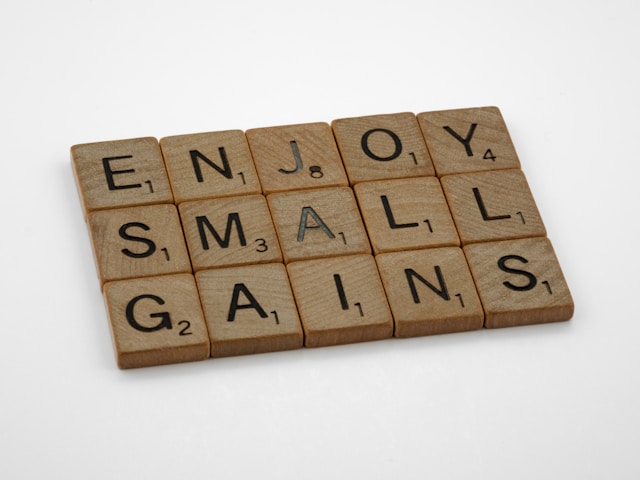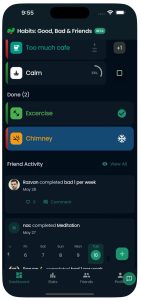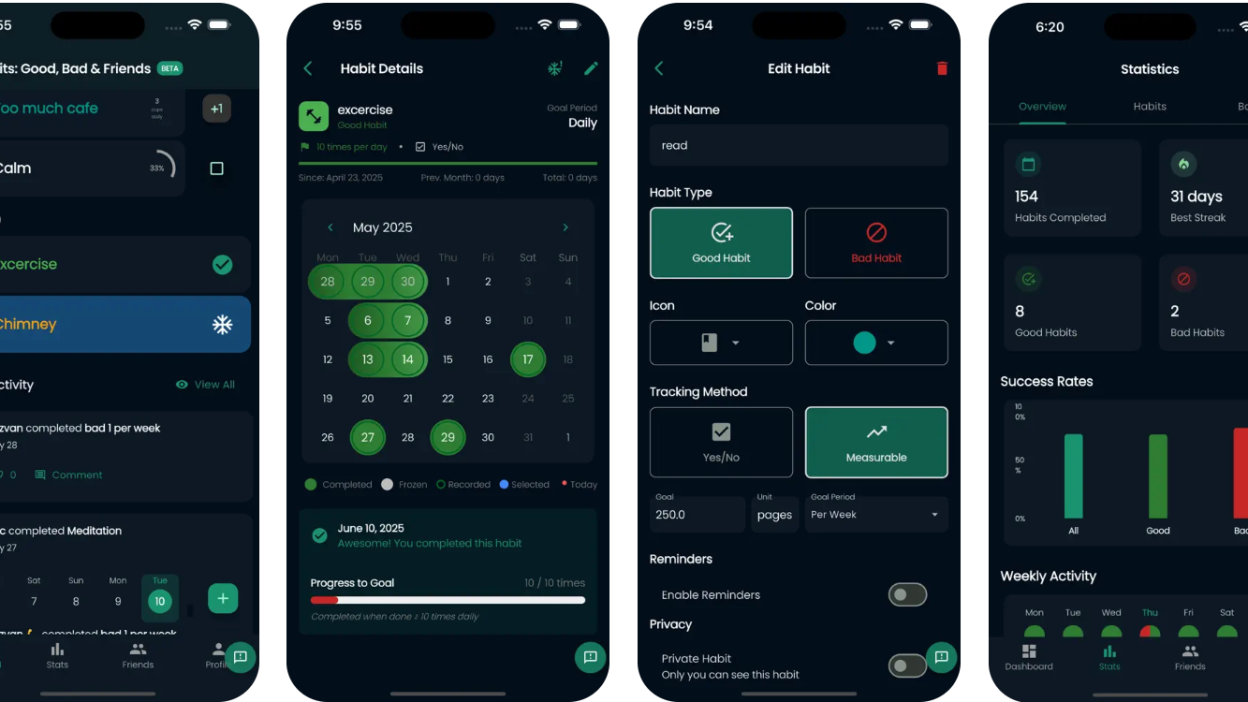- The secret to daily consistency is checking even one tiny box a day
- Motivation is your spark & systems are your safety net
- Balance keeps motivation alive long-term
- The 4-steps system: simplify, 80/20 rule, consistency & automate
If you’ve ever wondered how to use a habit tracker in a way that actually sticks, you’re on the right page. Many people start strong, only to lose steam after a few weeks. But when done right, your tracker becomes a mirror for growth. In this guide, I’ll teach you how to build consistency and stay motivated.

Daily Consistency & How It Affects Your Habits
Every time you mark a small win, your brain releases a tiny shot of dopamine, that feel-good chemical that keeps you coming back for more. It’s your brain’s way of saying, “Nice job, let’s do that again!”
The secret to daily consistency is momentum. When you see a streak of progress, you naturally want to protect it. That’s why even checking one tiny box can make you feel unstoppable. Day after day, you’re training your brain to associate action with reward.
Over time, these small, repeated wins create powerful neural loops that make habits automatic.
Why Motivation Fades and Systems Win
Most people rely on motivation at first. It feels exciting and new … until it doesn’t. Motivation is like a spark; it lights up fast but burns out just as quickly when life gets busy or messy.
That’s where systems come in. Systems are your safety net when enthusiasm fades. They take emotion out of the equation and replace it with structure.
When you track your habits, you’re building a system that keeps you moving, even on low-energy days.
How Balance Improves Long-Term Motivation
When you’re learning how to use a habit tracker, it’s easy to fall into the “do more” mindset. You start tracking ten habits, then fifteen, and before you know it, your tracker feels like homework. But balance is what keeps motivation alive long-term.
Balance means knowing when to rest, reset, and reward yourself. It’s the space that keeps habits feeling like choices, not chores. When you mix action with recovery, your brain stops associating discipline with pressure and starts linking it to progress.
You can use your habit tracker to remind yourself of that balance. Add:
- rest days,
- digital detoxes,
- “no goal” moments to the list.
When your tracker reflects both effort and ease, you create a sustainable rhythm that keeps you showing up joyfully, not out of guilt.

How to Integrate a Habit Tracker in Your Busy Life
Building new routines while juggling a hectic schedule is easier said than done. The good news? Once you understand how to use a habit tracker smartly, you can make consistency feel effortless, even on your busiest days. The key is the 4-step system: simplify, the 80/20 rule, stay consistent, and automate. As you progress, allow the small wins to stack up quietly in the background.
- Simplify: One-Minute Habits That Stick
Big changes don’t require big time slots. In fact, the most powerful habits often start small, really small. When your days are packed, think “one-minute habits.”
- You don’t need a full workout; you need a couple of stretches.
- You don’t need an hour to meditate; you need several deep breaths.
Your habit tracker becomes a gentle reminder to do something, not everything. That’s how consistency grows, through micro-moments that feel too easy to skip.
- The 80/20 Rule of Habit Tracking
Here’s a little mindset hack: focus on the 20% of habits that create 80% of your results. You don’t need to track every single thing you do; you just need to identify the ones that move the needle.
Track the habits that support your energy, focus, and emotional balance. Once you see what truly matters, let go of the rest. This not only keeps your tracker clutter-free but also keeps your mind calm.
Your habit tracker is a tool, not a scoreboard. Let it reflect what really matters in your life, not what looks impressive on paper.
- Staying Consistent Through Chaos
Busy life = unpredictable days. That’s why flexibility matters more than perfection. If your schedule changes, adjust your habits instead of abandoning them.
- Missed your morning journaling? Write one line before bed.
- Couldn’t work out today? Do 20 lunges instead.
Consistency isn’t about flawless performance, but creative adaptation.
- Habit Tracker Apps to Make Your Life Easier
If pen and paper feel too slow for your pace, digital habit tracker apps can save you tons of time. Our app (Habits #GBF) makes tracking fast, visual, and even fun. You can set reminders, compete with friends, and check your progress through charts without any manual effort.
Digital trackers also let you spot trends easily. You can see what habits you’re consistent with, which ones need tweaking, and how your energy changes over time.

So, How to Use a Habit Tracker In Your Advantage?
Learning how to use a habit tracker helps you create a lifestyle that supports your well-being. When you track with balance, reflection, and self-awareness, every checkmark becomes a small celebration of progress.
Remember, your habit tracker should feel like a friendly guide, not a rigid rulebook. Keep it simple, stay curious, and let your consistency grow naturally.



